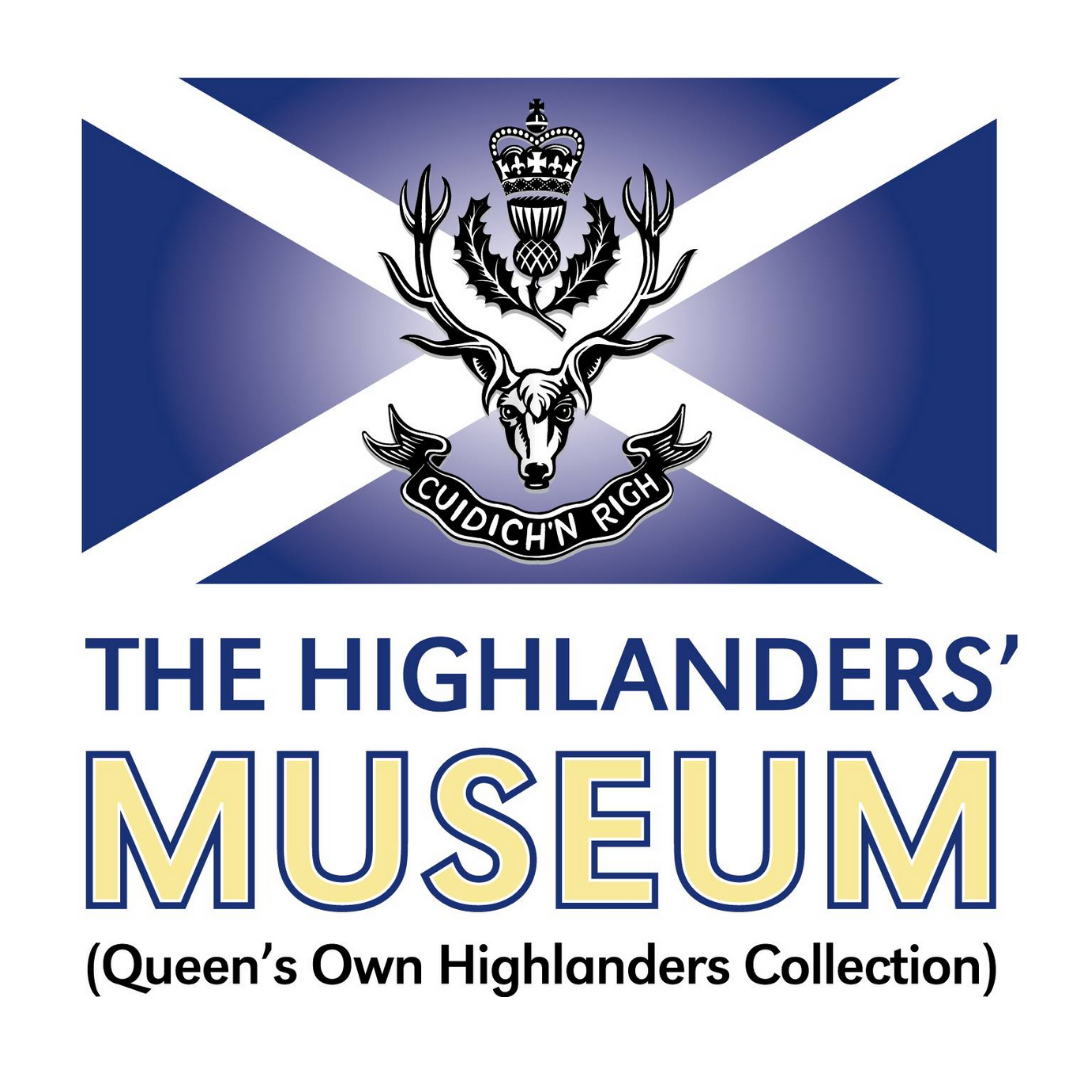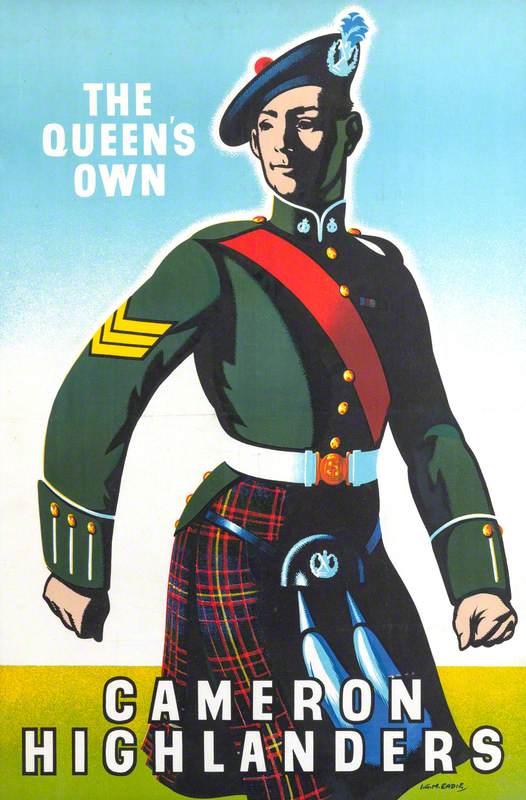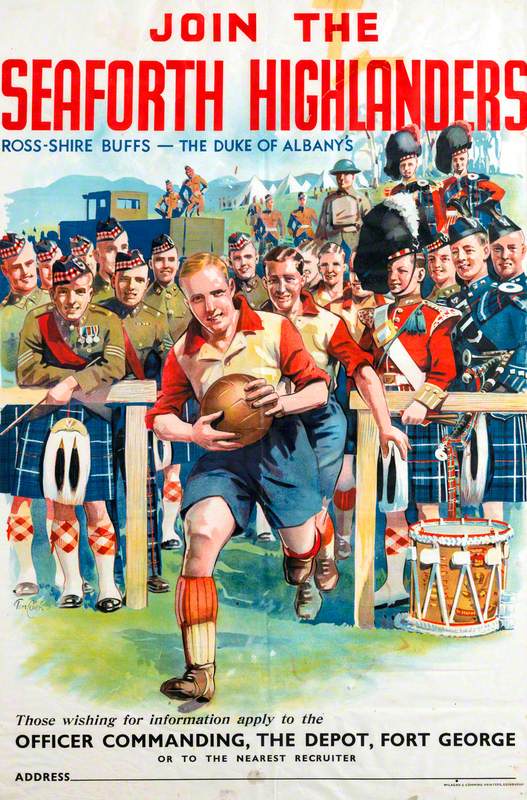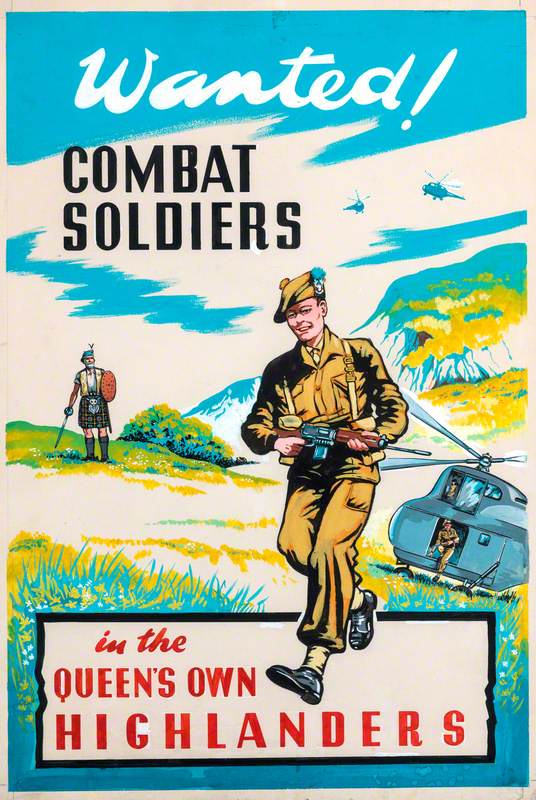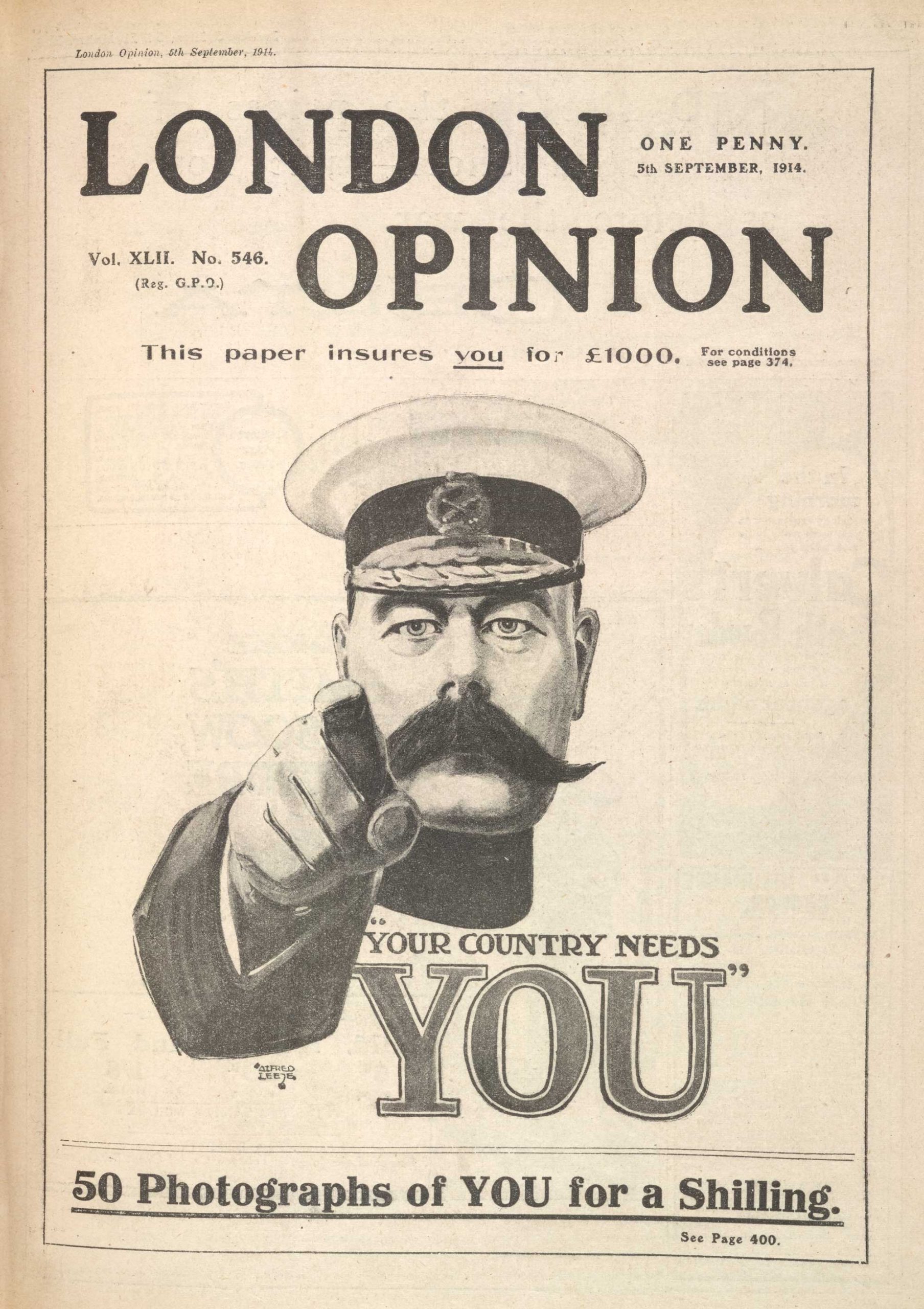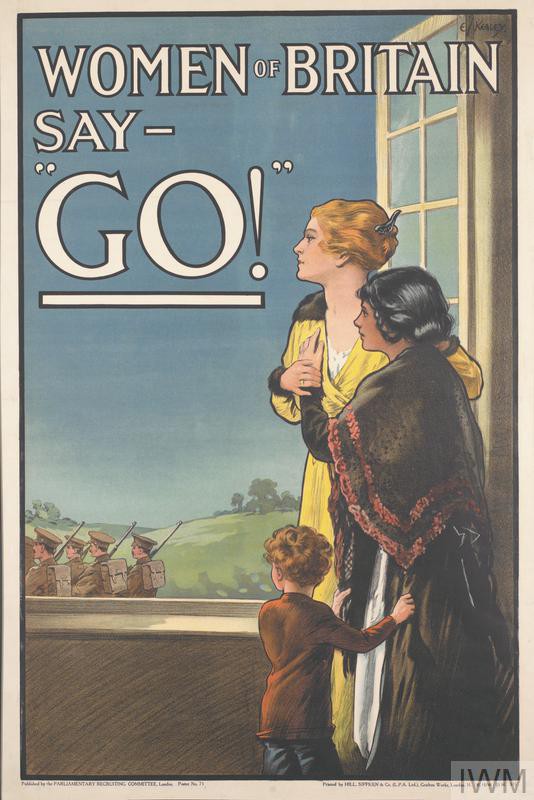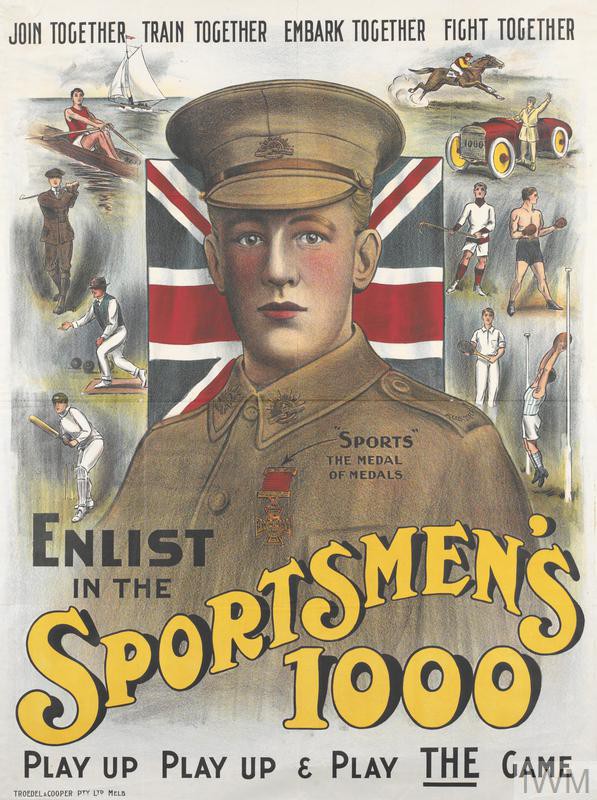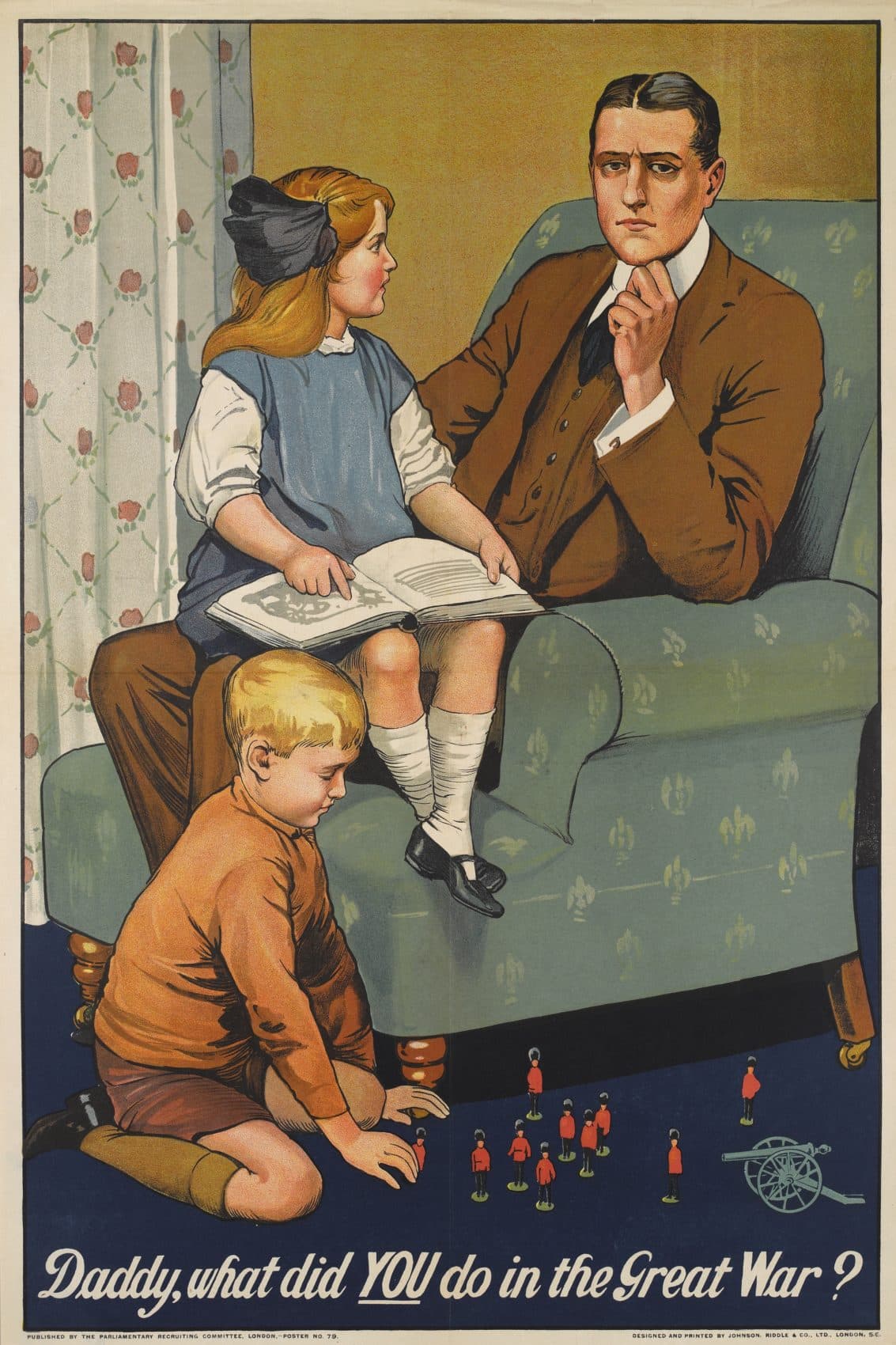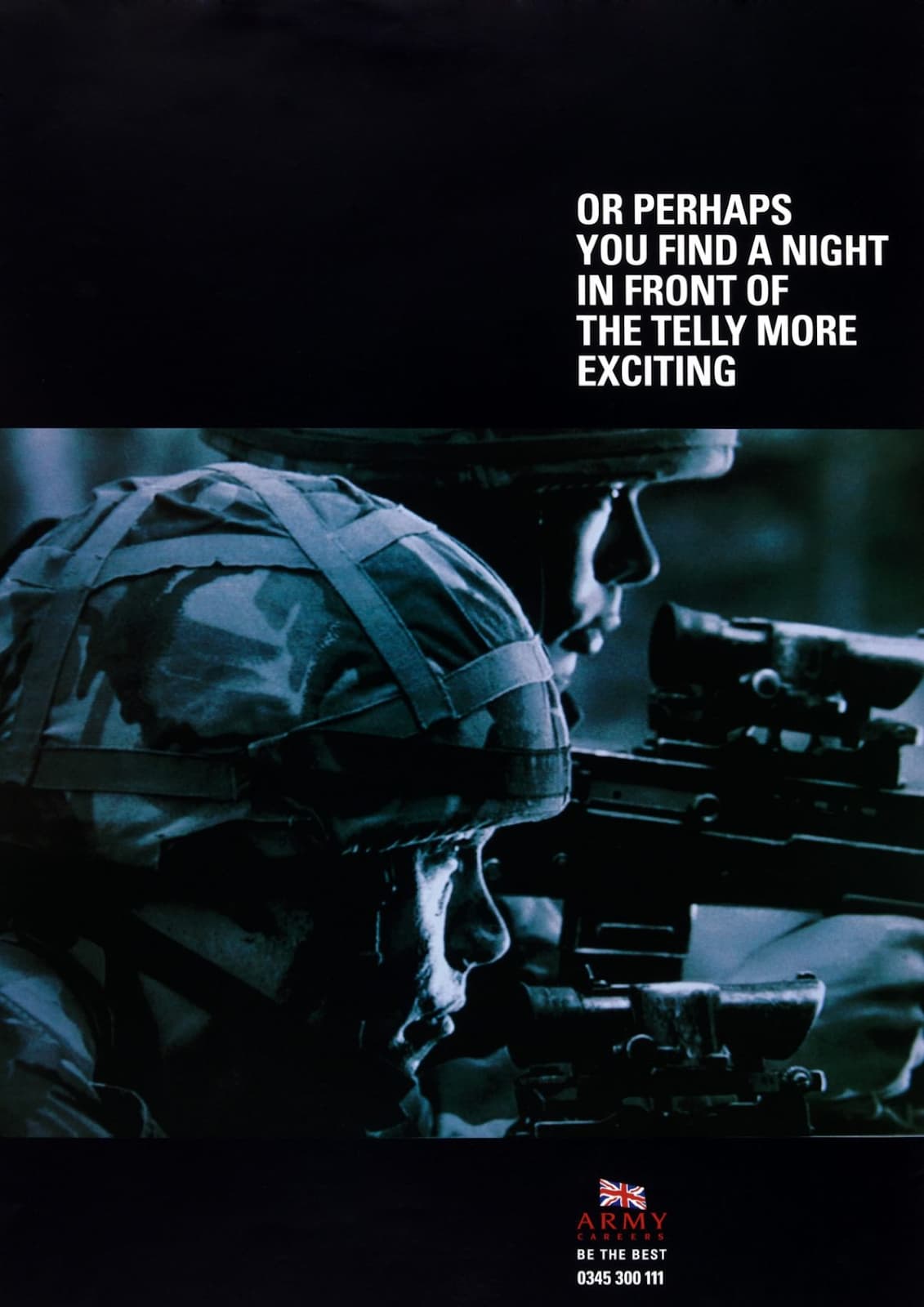The Art of Military Recruitment
MILITARY RECRUITMENT
The Highlanders’ Museum has a vibrant collection of military recruitment posters. Ranging from the nineteenth century, to the First and Second World Wars, to more general military recruitment, the posters reveal the tactics used to entice new soldiers.
To celebrate the launch of our new online exhibition, ‘Recruiting the Highland Soldier’, which is available to view on Art UK, we will be delving into the art of military recruitment, looking at campaigns from WWI to the present day.
WWI AND LORD KITCHENER
Britain’s first major military recruitment drive was for WWI. At the start of the war, the British Army had only six divisions; this was small compared to its European counterparts such as France and Germany, who had up to 70 divisions each. It was clear that the British Army would need to recruit more soldiers – the question was how.
At the start of WWI, signing up to fight was voluntary (conscription was reluctantly introduced in 1916 as a final push to secure the manpower needed to win the war). It was up to the Parliamentary Recruiting Committee (PRC) and the Parliamentary War Savings Committee to promote volunteering. Initially, recruitment was aimed solely at medically fit, unmarried men over the age of 18 and under the age of 40; when conscription was introduced, this criteria was somewhat relaxed.
1st Earl Horatio Herbert Kitchener, also known as Lord Kitchener, was responsible for driving military recruitment during his tenure as Secretary of State for War from 1914. The rather modest initial aim was to recruit 100,000 new soldiers in one year; amazingly, over half a million men enlisted in the first two months alone.
Despite an unprecedented uptake, initial recruitment estimates were massively underestimated, and The Derby Scheme was introduced in 1915. This aimed to encourage men to sign up before conscription (which was now looming on the horizon) inevitably forced them to. Despite obtaining 318,553 recruits, the scheme was not enough: on the 27th of January 1916, The Military Service Act of compulsory conscription was introduced.
“DADDY, WHAT DID YOU DO IN THE GREAT WAR?”
Some WWI recruitment posters were notably unsuccessful. During the push for volunteers from 1914 – 1915, a range of tactics were used to encourage people to join the army voluntarily. This particular poster was used to shame men into enlisting. The illustrated poster is set in the future and shows a child sitting on her father’s knee asking, “Daddy, what did you do in the Great War?”
Many potential recruits resented the bullying tone of the advertisement. Robert Smillie, who co-founded the Scottish Labour Party in 1909, said that his reply to the little girl on the poster would have been, “I tried to stop the bloody thing, my child.”
MODERN DAY RECRUITMENT
Recruitment is still necessary for the modern military. From TV adverts to social media campaigns, its format may have changed but its purpose remains the same: to portray the military as necessary and relevant, encouraging new generations to enlist.
Modern day TV recruitment campaigns show the stealthy, nail-biting adventures that soldiers get to take part in. It is common for new advertisements to reinforce the monotony of modern life, enticing recruits with the opportunity to see the world and break the nine to five cycle.
A 2019 campaign focussed on drawing in the new generation of millennial recruits. The design of the campaign had strong links to more traditional recruitment posters, using the same font and design as Lord Kitchener’s iconic ‘Your Country Needs You’ campaign in 1914.
However, the 2019 campaign was modernised with a range of different soldiers, demonstrating how the military has diversified in recent years. It’s main aim was to focus on millennial traits that are often seen as negative, turning these into desirable and transferable skills for the army. For example, “Snow Flakes – Your Army Needs You and Your Compassion”.
